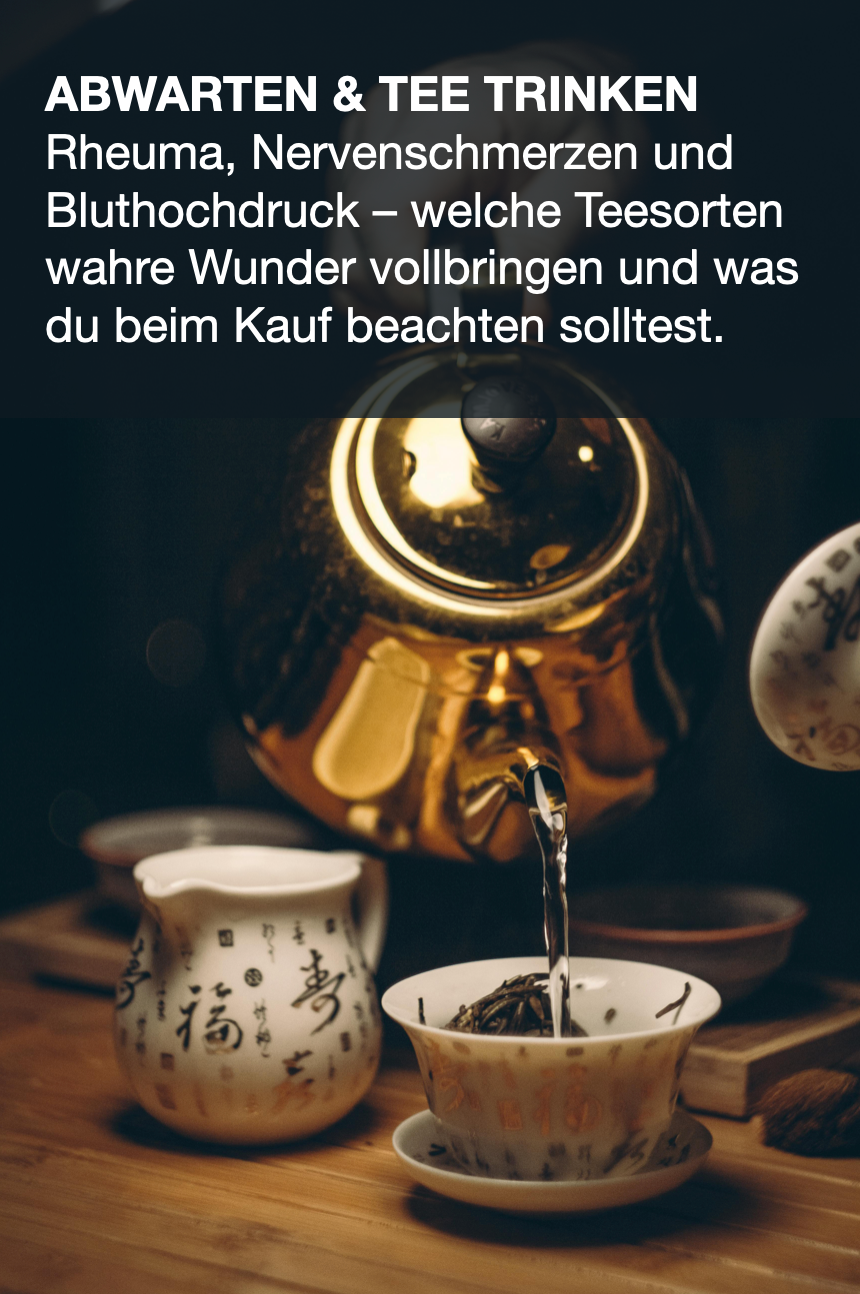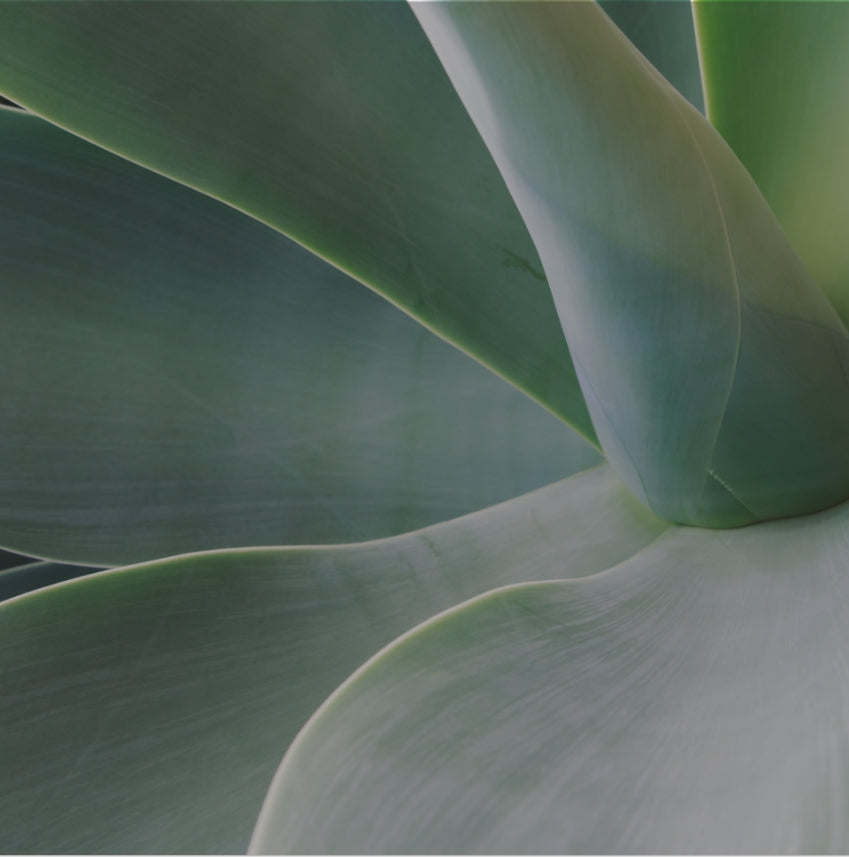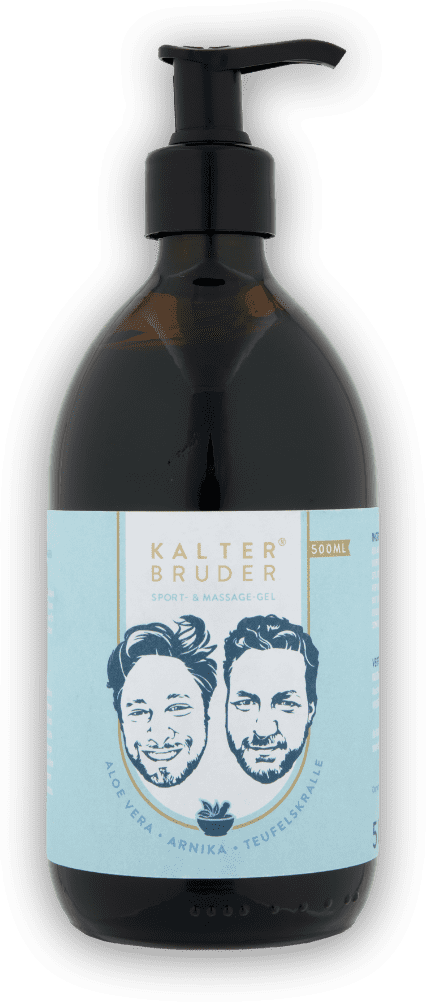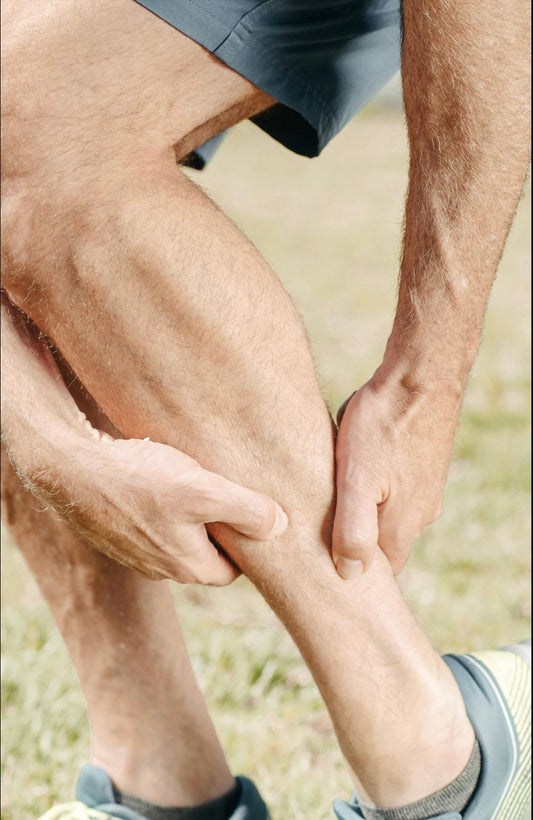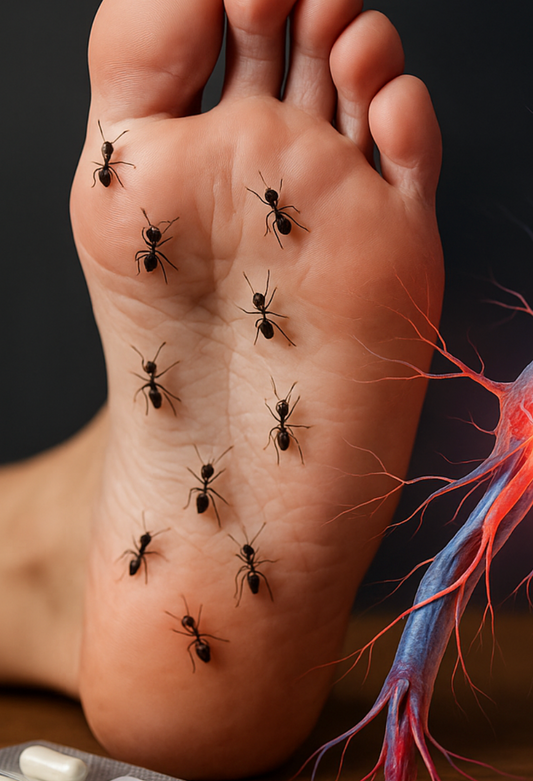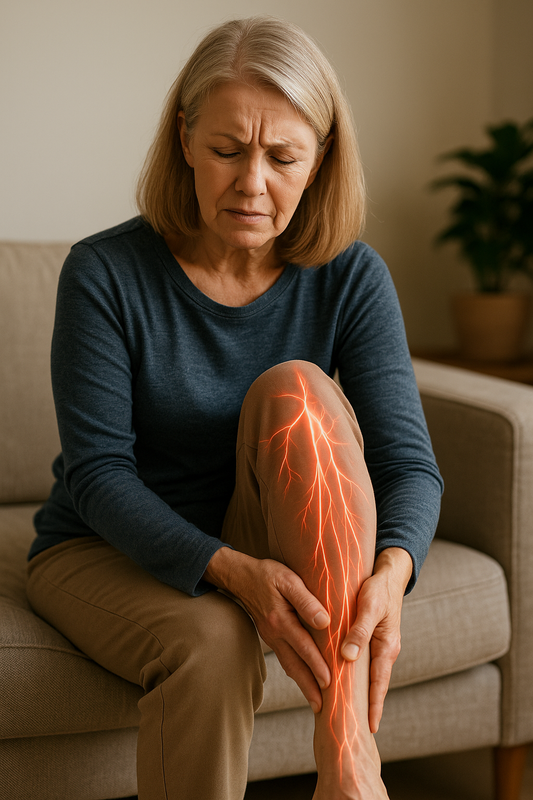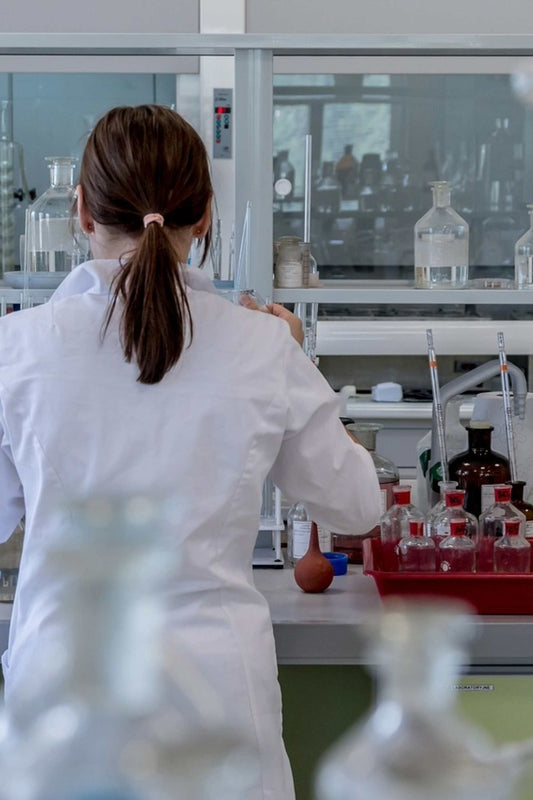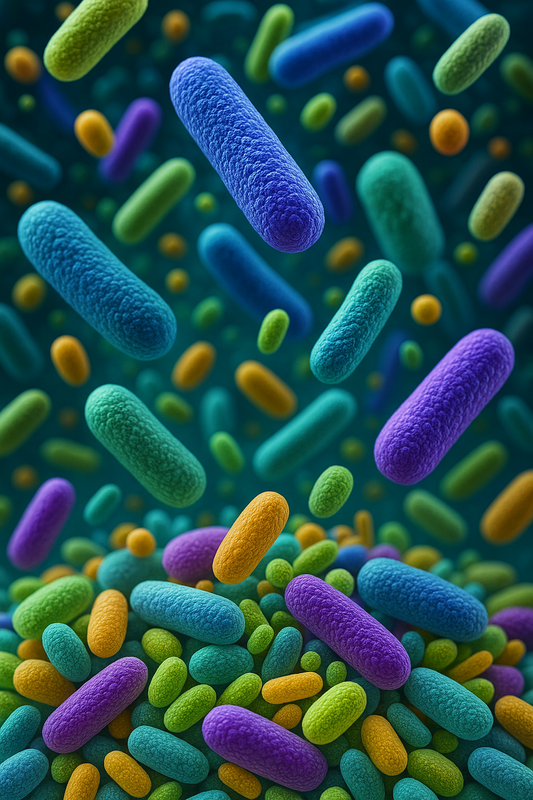M02 Tea
Wait and drink tea? Why you can do a lot for your health with the right tea for many age-related ailments such as rheumatism, nerve pain and high blood pressure. The most important types of tea under the microscope.
To get straight to the point – Stefan and I are both coffee drinkers. And that’s despite the fact that we’ve known for some time now how incredibly healthy certain types of tea can be. Tea is a wonderful way for your body to cleanse itself from the inside out and many medicinal herbs also stimulate valuable processes in you – and the older you get, the more important the self-healing work your body does becomes. Whether it’s cancer, typical age-related illnesses such as rheumatism, nerve pain, high blood pressure or even diabetes and Alzheimer’s – no illness just comes about and suddenly breaks out. Even at a young age, but at the latest in early adulthood, inflammation, small cancerous tissue and many other harmful processes regularly occur – a constant battle of the body against decay, which it usually decides for itself for many decades. What we eat and drink is so central to this that we are paying particular attention to this topic here – today in the form of healing teas.

Did you know? Tea bags were invented by accident!
Did you know that tea bags were originally a misconception? In the early 20th century, an American tea importer named Thomas Sullivan sent his customers samples in small silk bags. Customers thought the bags were meant to be dipped directly into hot water rather than unwrapped. This accidental discovery led to the invention of the tea bag, which is now popular around the world. A classic case of "accidental genius"!

The 10 most important types of tea – what superpowers they have, where they are grown and what you should consider when buying them.
We have examined the most important varieties for you and explain what you should look out for when buying and how each tea supports your body in its self-healing process. We have selected a disease for each one for which the respective tea is particularly effective. However, this does not mean that other complaints or illnesses can also benefit from the positive properties of this type of tea.

Green tea
- Alzheimer's and Parkinson's: Green tea contains antioxidants such as EGCG, which help protect nerve cells from damage caused by oxidative stress and support cognitive function. Studies show that green tea consumption can reduce the risk of neurodegenerative diseases by up to 54%.
- Best growing region: China (especially the provinces of Zhejiang and Anhui) and Japan (Shizuoka and Uji).
- Most important quality characteristics: Light green color, fresh scent, hand-picked, broken as little as possible.
- Average market price: 15-50 EUR per 100g.
- Not suitable for: People with iron deficiency, as green tea can inhibit iron absorption.
ginger tea
- Rheumatism: Ginger has anti-inflammatory properties that help reduce pain and swelling in the joints. One study showed that ginger can reduce inflammatory markers by up to 23%.
- Best growing region: India (Kerala and Tamil Nadu), China.
- Most important quality characteristics: Fresh, sharp taste, light yellow color, intense aroma.
- Average market price: 5-10 EUR per 100g.
- Not suitable for: People with gallstones, as ginger can stimulate bile production.
Hibiscus tea
- Blood pressure: Hibiscus tea can lower blood pressure by dilating blood vessels and improving blood flow. Studies show that regular consumption of hibiscus tea can lower systolic blood pressure by up to 7.6 mmHg and diastolic blood pressure by up to 3.5 mmHg.
- Best growing region: Sudan, Egypt, Mexico.
- Most important quality characteristics: deep red color, sour taste, high content of anthocyanins.
- Average market price: 3-8 EUR per 100g.
- Not suitable for: People with low blood pressure, as it can lower blood pressure further.
Cinnamon tea
-
Diabetes: Cinnamon tea can increase insulin sensitivity and stabilize blood sugar levels,
which is especially helpful for type 2 diabetes. One study shows that cinnamon can lower fasting blood sugar by up to 29%. - Best growing region: Sri Lanka (Ceylon cinnamon), Indonesia (Cassia cinnamon).
- Most important quality characteristics: Thin, smooth bark, sweet and mild taste (Ceylon cinnamon).
- Average market price: 10-20 EUR per 100g.
- Not suitable for: People with liver problems, especially if they consume excessive amounts of cassia cinnamon due to its high coumarin content.
Turmeric tea
- Cancer: Turmeric contains curcumin, which has antioxidant and anti-inflammatory properties and may help inhibit the growth of cancer cells. Studies have shown that curcumin can reduce the proliferation of cancer cells by up to 70%.
- Best growing region: India (especially Tamil Nadu, Andhra Pradesh).
- Most important quality features: Intense yellow color, high curcumin content, freshly ground.
- Average market price: 5-15 EUR per 100g.
- Not suitable for: People with gallstones or bile duct problems, as turmeric can stimulate bile secretion.
Nettle tea
- Polyneuropathy: Nettle tea can have an anti-inflammatory effect and improve blood circulation, which can help relieve nerve pain. Studies show that nettle extracts can reduce pain by up to 50%.
- Best growing region: Europe, North America.
- Main quality characteristics: Fresh, green leaves, intense grassy scent, hand-picked.
- Average market price: 4-10 EUR per 100g.
- Not suitable for: People with kidney problems, as nettle can have a diuretic effect.
Camomile tea
- Restless Legs: Chamomile tea has a calming effect and can help relax the nerves and relieve sleep disorders. Studies show that chamomile can improve sleep quality by up to 42%.
- Best growing region: Egypt, Eastern Europe (Hungary, Poland).
- Main quality characteristics: Yellow flower heads, sweet, slightly apple-like scent.
- Average market price: 3-8 EUR per 100g.
- Not suitable for: People with allergies to Asteraceae, as chamomile can trigger allergic reactions.
Green tea
- MS (Multiple Sclerosis): Green tea can support the immune system and reduce inflammation in the central nervous system through its antioxidant properties. One study showed that consuming green tea can reduce inflammatory markers by up to 35%.
- Best growing region: China (especially the provinces of Zhejiang and Anhui) and Japan (Shizuoka and Uji).
- Most important quality characteristics: Light green color, fresh scent, hand-picked, broken as little as possible.
- Average market price: 15-50 EUR per 100g.
- Not suitable for: People with iron deficiency, as green tea can inhibit iron absorption.
Black tea
- Cholesterol: Black tea contains theaflavins, which can help lower LDL cholesterol (bad cholesterol) and increase HDL cholesterol (good cholesterol). Studies show that consuming black tea can reduce LDL cholesterol by up to 11%.
- Best growing region: India (Assam, Darjeeling), Sri Lanka (Ceylon).
- Most important quality characteristics: Dark, uniform leaves, strong taste, fine leaf tips.
- Average market price: 5-20 EUR per 100g.
- Not suitable for: People with sensitive stomachs, as black tea can stimulate stomach acid production.
Valerian tea
- Parkinson's: Valerian may help relieve the symptoms of anxiety and sleep disturbances that are common in Parkinson's. Studies show that valerian can improve sleep quality by up to 36%.
- Best growing region: Europe, North America.
- Main quality characteristics: strong roots, intense earthy smell, organic cultivation.
- Average market price: 5-15 EUR per 100g.
- Not suitable for: People taking blood pressure lowering medication, as valerian can lower blood pressure further.
Attention: Fresh herbs & tubers are clearly
healthier than tea bags.
When tea is dried, it oxidizes. This means that the essential oils evaporate, and these are usually responsible for most of the health-promoting processes. Herbs and tubers (such as ginger or turmeric) lose their effectiveness the most when they are in tea bags, as they are cut very finely and therefore have more surface area - evaporation is then all the faster. In addition, tea bags are usually stored for a particularly long time and lose their essential oils day after day. Fresh herbs and high-quality loose tea therefore offer significantly greater health benefits than tea bags - studies show that green tea in loose form contains around 30-40% more catechins than in tea bags. Likewise, fresh peppermint contains around twice as many essential oils as dried peppermint.

Herbal tea in the eco test – beware of plant poisons.
As a complement to the teas featured above, herbal tea is a great everyday tea that you can drink pretty much anytime. Most herbal teas are made from a variety of dried plants, leaves, flowers, roots and seeds that are chosen for their health benefits and flavors. Here are some commonly used ingredients:
- Chamomile: Calming and relaxing, often used to promote sleep and relieve stomach discomfort.
- Peppermint: Refreshing and digestive, helps with gastrointestinal complaints and can relieve headaches.
- Lemon balm: Mildly sedative and anxiolytic, often used to improve mood and reduce stress.
- Hibiscus: Rich in vitamin C, helps lower blood pressure and gives the tea a beautiful red color and a fruity taste.
- Rosehip: Also rich in vitamin C and antioxidants, supports the immune system and has a slightly sour taste.
- Ginger: Anti-inflammatory and digestive, helps with nausea and sore muscles.
- Licorice root: Provides natural sweetness and has anti-inflammatory and expectorant properties.
- Fennel: Promotes digestion and relieves flatulence, often used in combination with other herbs for digestive teas.
- Lavender: Calming and relaxing, helps with insomnia and stress.
- Nettle: Rich in vitamins and minerals, helps with detoxification and inflammation.
In a recent study by Ökotest (2022), 49 unflavoured
Herbal tea blends were analyzed for their ingredients and possible contamination. More than half of the teas tested received the top rating of 'very good'. However, some teas were found to contain harmful pesticide residues and plant poisons, including chlorpyrifos and pyrrolizidine alkaloids, which are classified as carcinogenic.
In general, you can say that you are on the safe side with most organic herbal teas – however, the following products failed the Ökotest with “poor” and “unsatisfactory” ratings:
- Fruteg Organic Herbal Tea
- Organic Sun Herbal Tea (Norma)
- Edeka herbal tea organic
- Gepa herbal tea blend
- Lord Nelson Organic Herbal Tea (Lidl)
- Teehandelskontor Bremen Organic Herbal Tea
Conclusion: What you can take away for yourself
- Use the incredible healing powers of certain types of tea and make tea drinking a part of your everyday life. If you don't feel like having a hot cup in the evening, drink cold, diluted tea instead of water throughout the day.
- You can get most essential oils from fresh herbs and bulbs, and very few from tea bags. Actually, all organic markets have fresh turmeric and ginger bulbs and the selection of loose teas is usually much larger than in the supermarket.
On top of that, there is a greater chance of getting good quality without pesticide residues.



